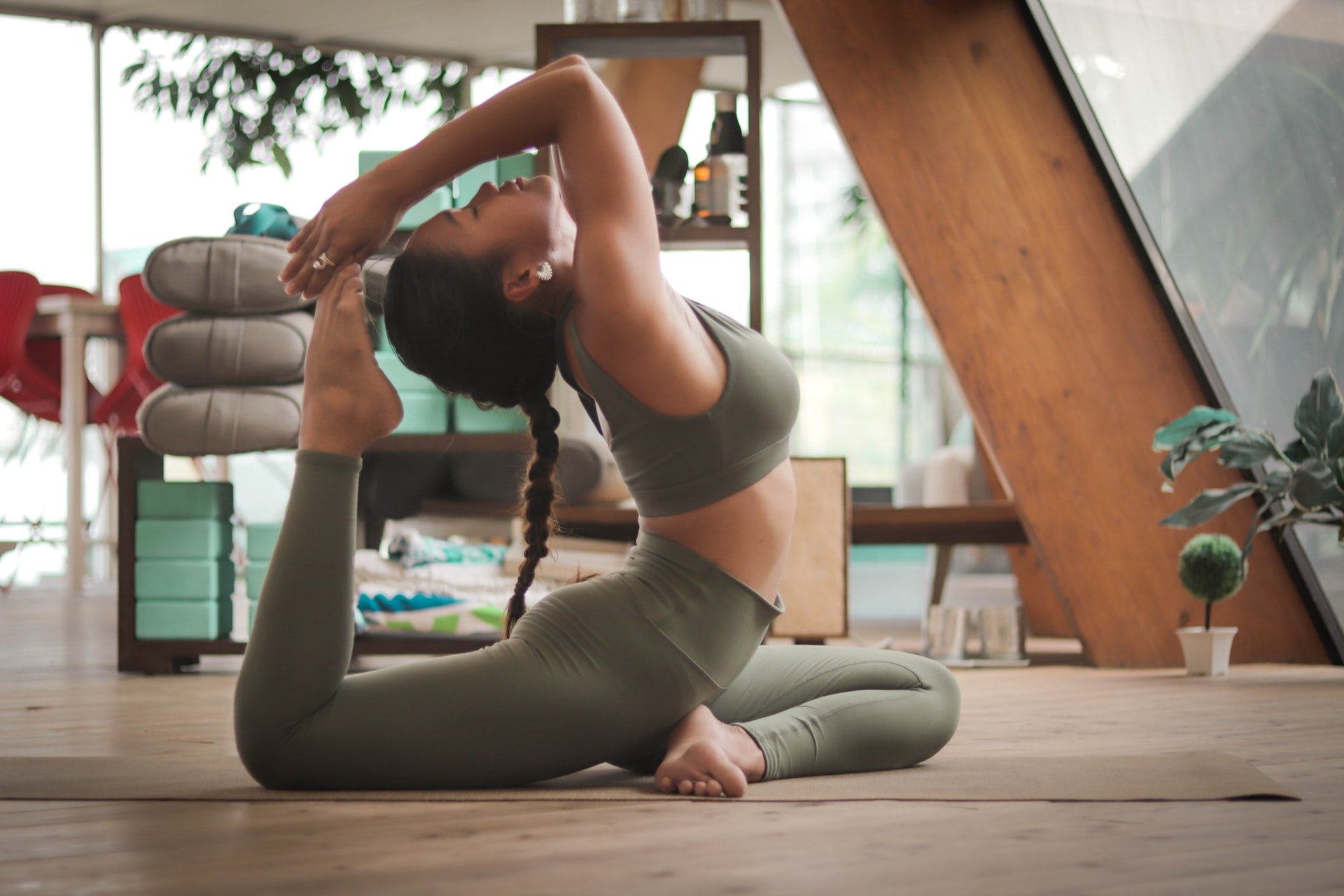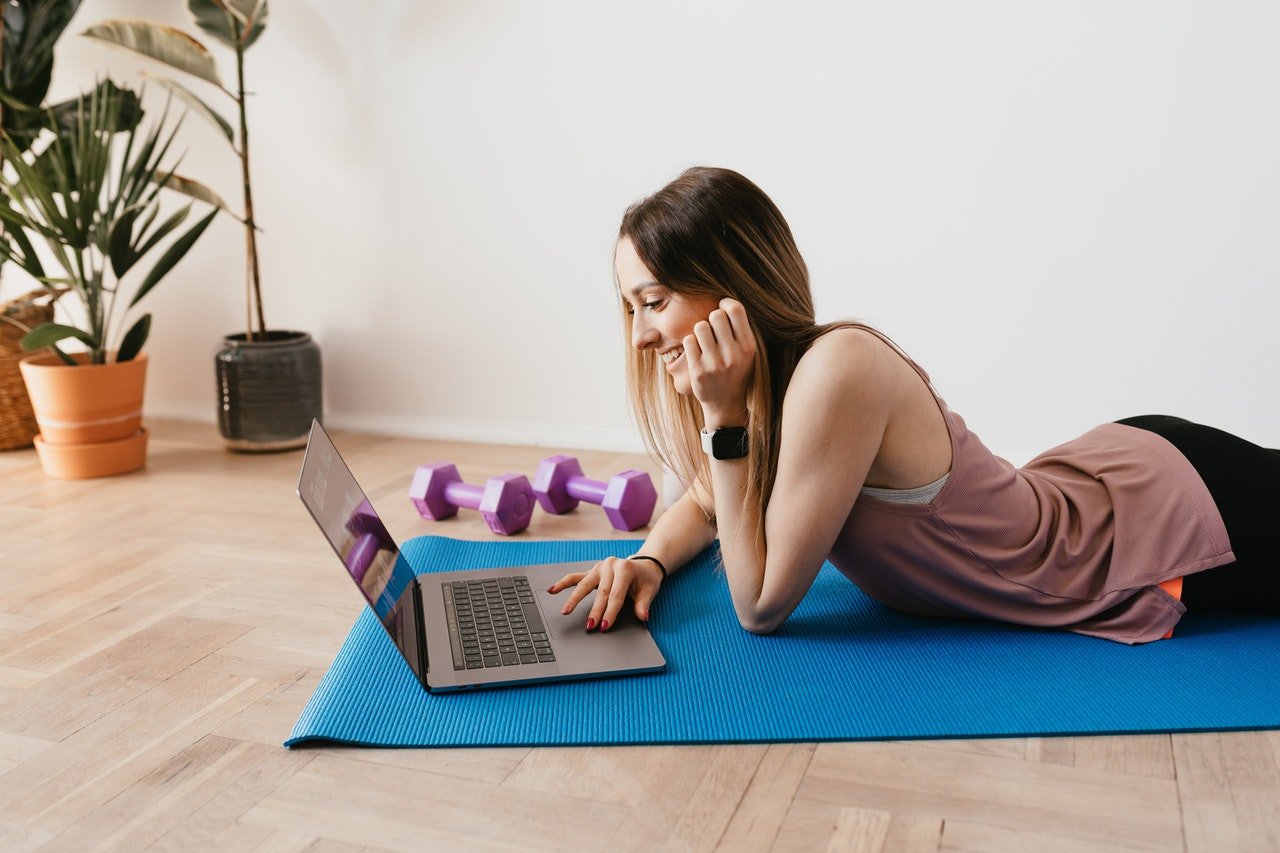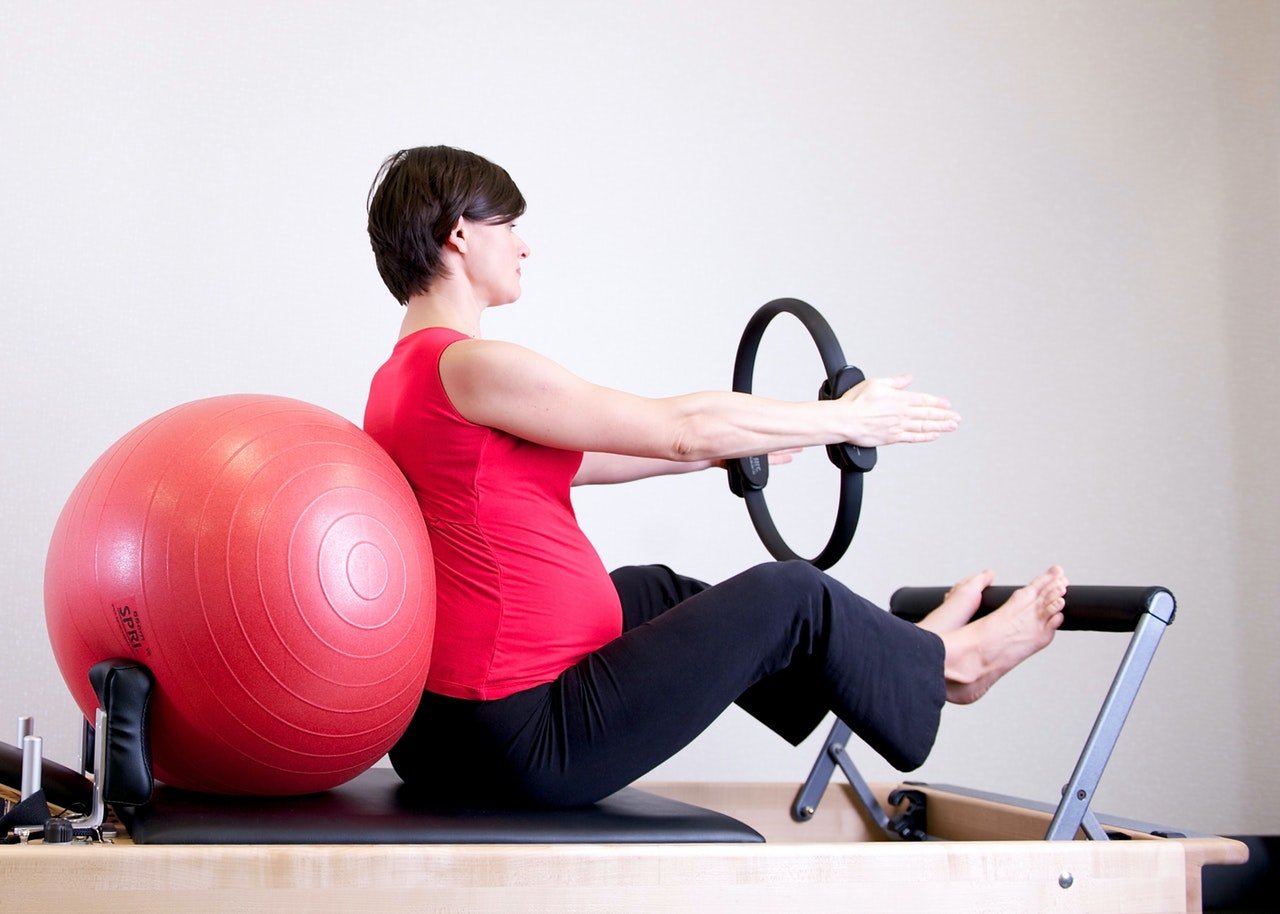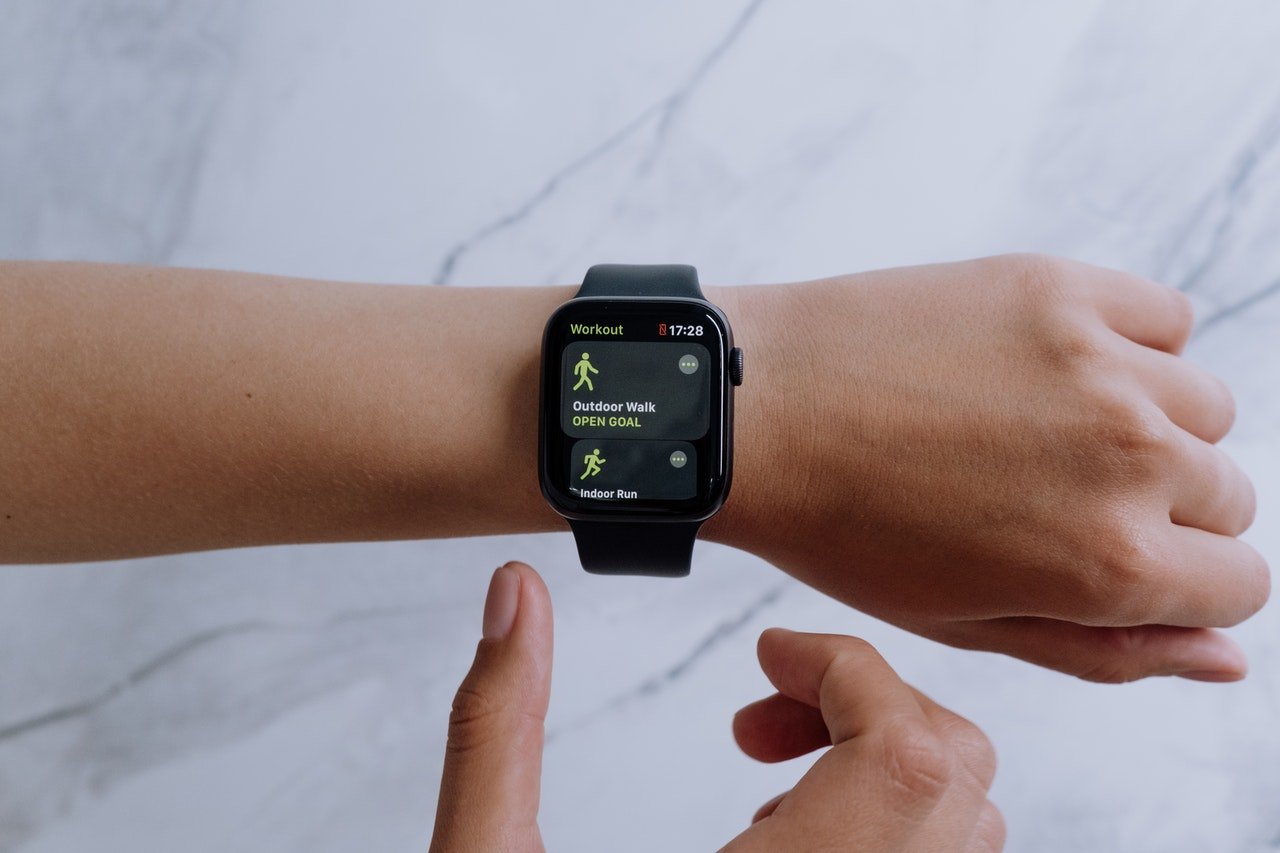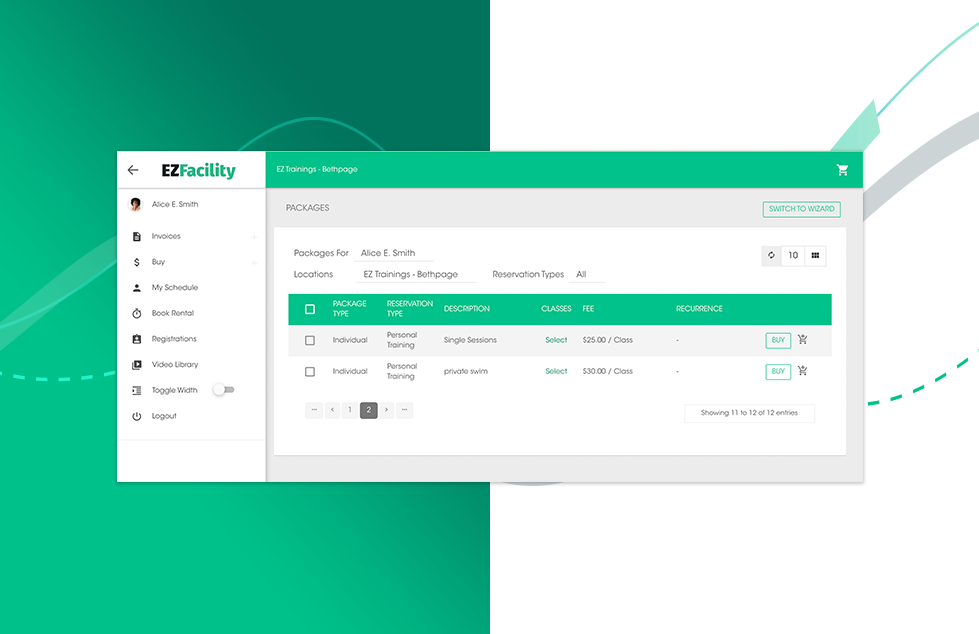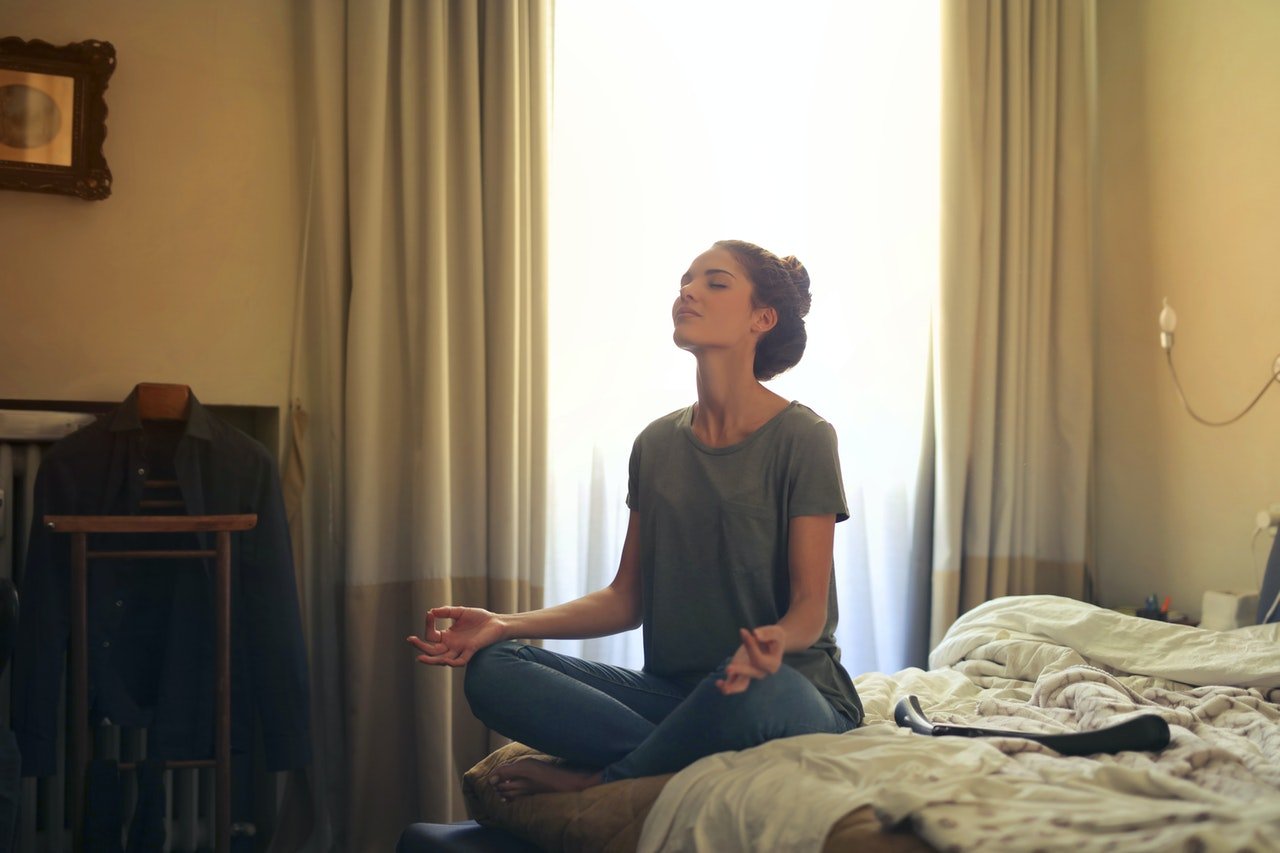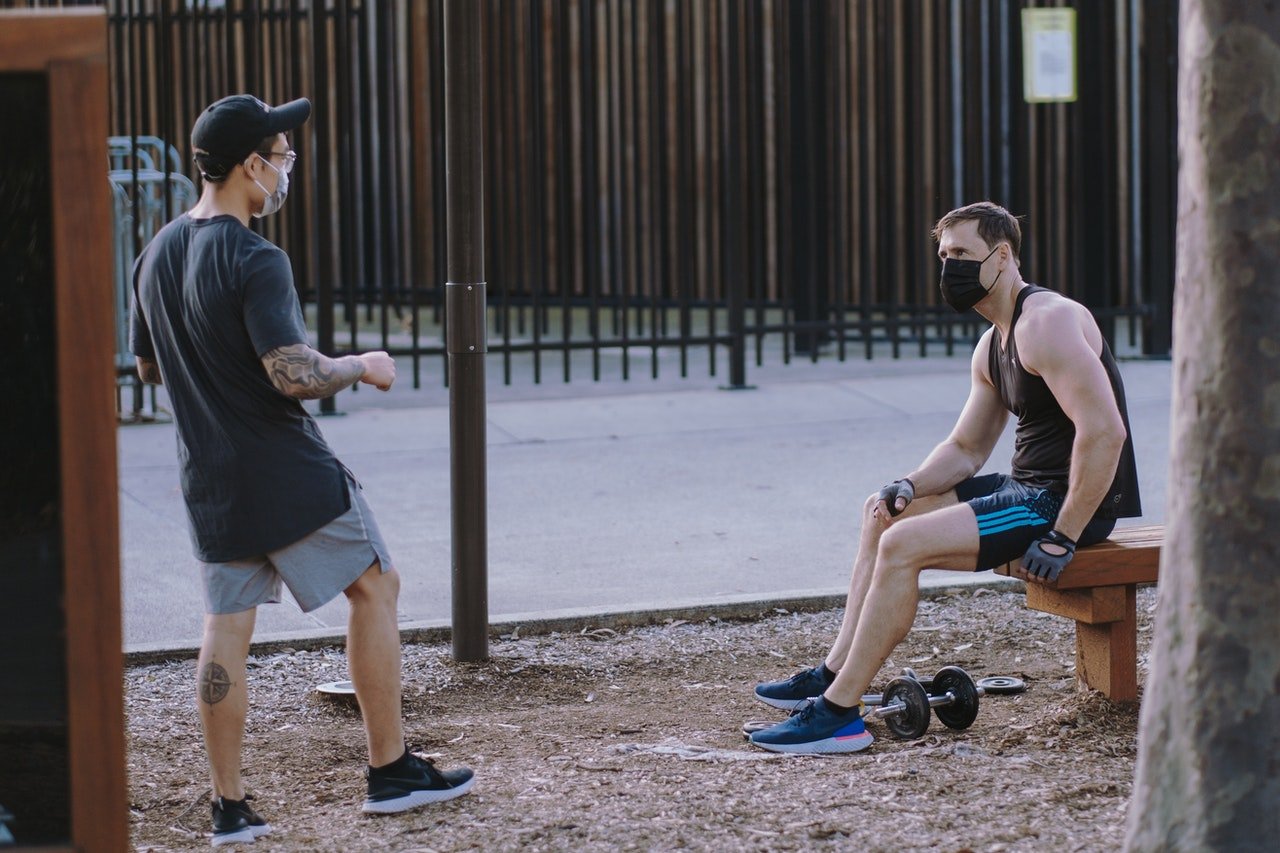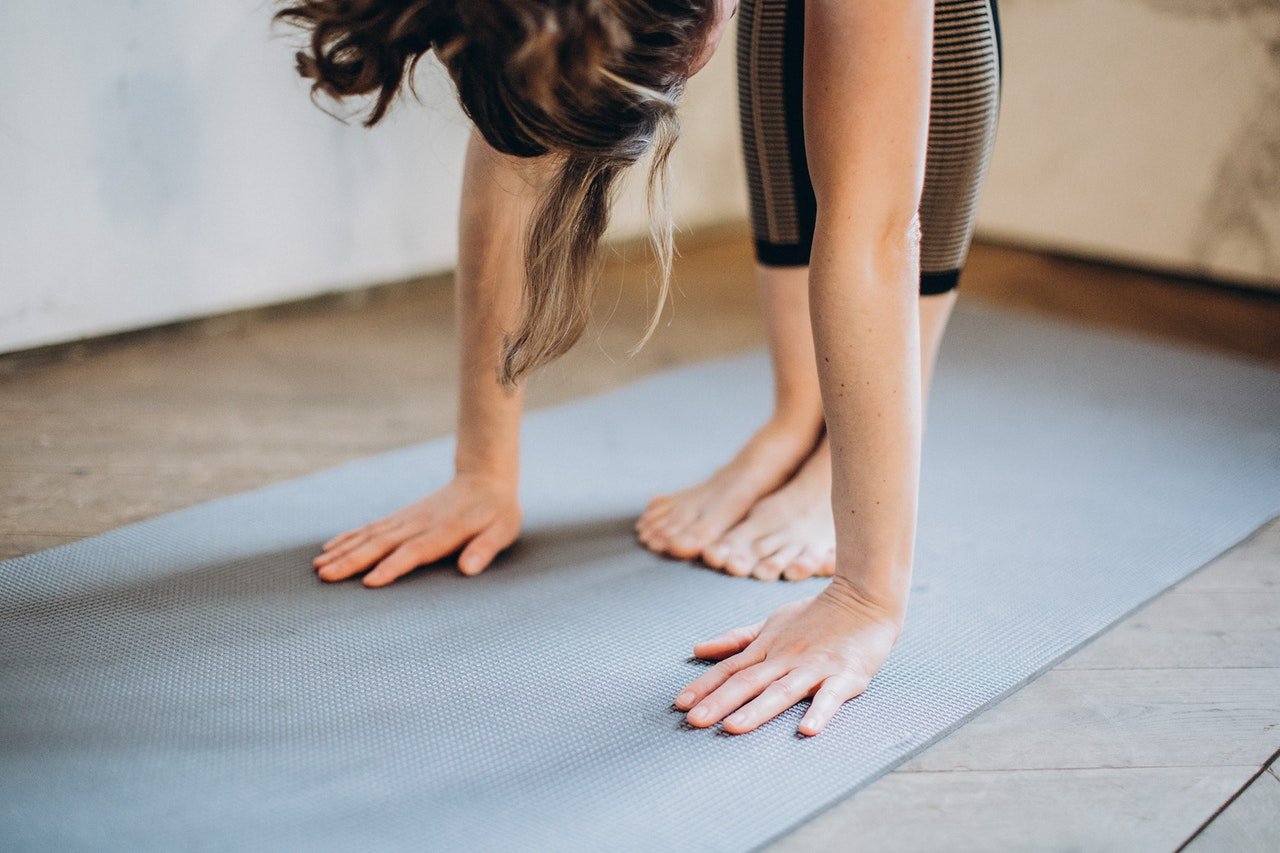By Amber Wojcek
Owning a yoga studio means that you get to enjoy working with people who are all passionate about health. But, as the owner and their boss, you’re responsible for more than making sure their classes get scheduled. While it can be tempting to have everyone classified as an independent contractor, it may not be so simple.
Small businesses may be violating federal law by misclassifying workers and can be subject to serious consequences. Here’s what studio owners need to know about worker classification.
This article is for informational purposes only, and EZFacility does not provide legal advice. Please consult your legal counsel and financial advisor on matters of worker classification.
What’s the Difference?
The biggest difference between employees and contractors is whether the business owner withholds taxes from the worker. Employees are protected by labour laws, such as being paid at least the minimum wage and accessing unemployment insurance if they lose their job. Contractors also are not covered by worker’s compensation or get access to benefits like sick pay or retirement earnings.
In order to keep your business compliant with laws in place, it is imperative that you properly report whether a worker is an independent contractor or if a worker is an employee
Classifying Instructors
Should your yoga instructors be classified as employees? The driving factor to determine whether your staff should be classified as employees or independent contractors comes down to control. Here are some questions to ask:
- How much control do I have over my instructors’ work?
- How am I paying my workers?
- How permanent is the relationship?
- How integral is the work to my business?
If you’re setting the schedule for your instructors, paying them by the class, require Yoga Alliance certifications, and have no “end” point set to your relationship, you may be misclassifying your instructors as contractors. After all, your business relies on the instructors to keep people coming to classes.
What Happens When You Misclassify
It should be noted that regardless of what employment forms your instructors complete, your workers are classified based on how your company operates. If a recently fired contractor seeks legal counsel to fight for unpaid overtime, for instance, the court will investigate whether you should have treated them as employees. That’s how audits and class action lawsuits can result in tens to hundreds of thousands owed in back taxes for business owners.
Even if you won a case against a former contractor, remember that your local yoga community is likely a tight-knit group. Any time someone argues that they were mistreated by a business, it will result in a huge hit to your reputation. It’s best to do right by your team from the beginning and make sure your yoga studio is compliant with labor laws.
Simplify Team Management
Overwhelmed with managing your instructors and studio? Consider investing in our yoga studio management software. In addition to features that will keep your members happy, you’ll be able to access payroll and commission tracking in the same app you use to schedule classes and take payments.
